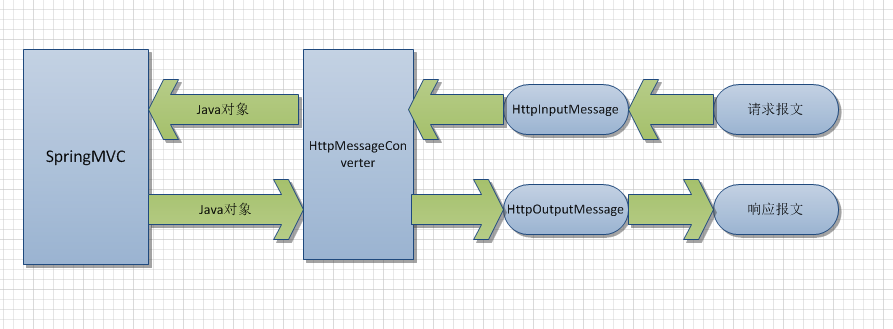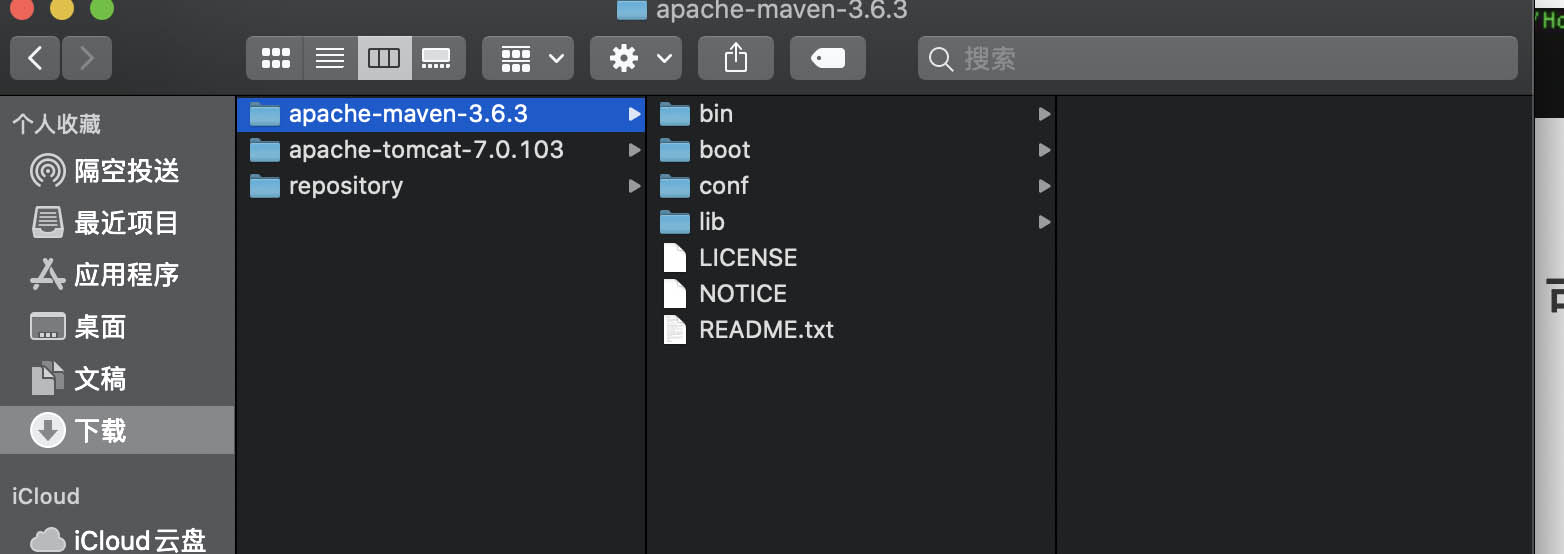HashSet contains() method(HashSet contains() 方法)
问题描述
我执行了下面的代码,发现输出是 false.
I executed below code and found the output was false.
import java.util.Set;
import java.util.HashSet;
public class Name {
private String first, last;
public Name(String first, String last) {
this.first = first;
this.last = last;
}
public boolean equals(Object o) {
if (!(o instanceof Name))
return false;
Name n = (Name) o;
return n.first.equals(first) && n.last.equals(last);
}
public static void main(String[] args) {
Set<Name> s = new HashSet<Name>();
s.add(new Name("Donald", "Duck"));
System.out.println(s.contains(new Name("Donald", "Duck")));
}
}
我想知道它的行为方式以及为什么输出为 false.
I want to know how it behaves and why output is false.
推荐答案
您还需要重写 hashCode() 方法以及 equals().这两种方法都用于 HashSet 的正确功能,因此如果您将 class 作为key,否则 Object 类的 hashCode() 正在被使用,没有两个不同的 objects 可以被视为相同因为它们的 hashCode() 总是不同的,并且在 contains() 的情况下肯定会返回 false.
You need to override hashCode() method also along with equals(). Both the methods are used for proper functionality of HashSet, so must be overriden in a user-defined class if you are making that class as a key, else hashCode() of Object class is getting used and no two different objects can be considered as same as their hashCode() would always be different, and will for sure return falsealways in the case of contains().
这篇关于HashSet contains() 方法的文章就介绍到这了,希望我们推荐的答案对大家有所帮助,也希望大家多多支持编程学习网!
本文标题为:HashSet contains() 方法


基础教程推荐
- Java 实例变量在两个语句中声明和初始化 2022-01-01
- 在 Java 中创建日期的正确方法是什么? 2022-01-01
- 从 python 访问 JVM 2022-01-01
- 验证是否调用了所有 getter 方法 2022-01-01
- 多个组件的复杂布局 2022-01-01
- 大摇大摆的枚举 2022-01-01
- 如何在 Spring @Value 注解中正确指定默认值? 2022-01-01
- 如何在 JFrame 中覆盖 windowsClosing 事件 2022-01-01
- 不推荐使用 Api 注释的描述 2022-01-01
- Java Swing计时器未清除 2022-01-01

















